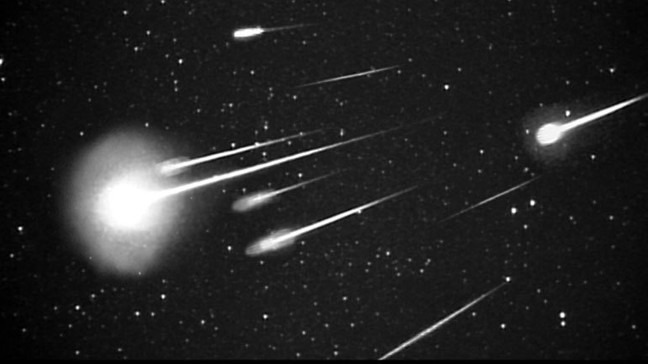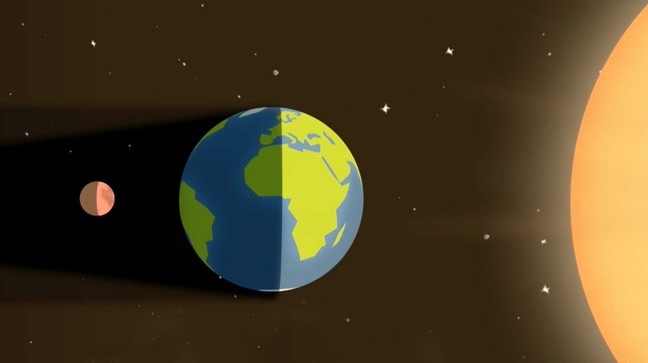The celestial stage is booked this week with both the peak of the Leonid meteor shower followed by a partial lunar eclipse.
Fortunately, the night sky is an expansive venue, so long as Mother Nature keeps the curtain of clouds drawn during the show.
The Leonids flare up first with about 10 to 15 shooting stars an hour between midnight and dawn Thursday, Nov. 18.

A burst of 1999 Leonid meteors as seen at 38,000 feet from Leonid Multi Instrument Aircraft Campaign. (WWMT/Courtesy NASA/Ames Research Center/ISAS/Shinsuke Abe and Hajime Yano)
“The bright moon will definitely interfere with the meteors, but the Leonids do have some occasional fireballs,” Kalamazoo Astronomical Society Richard Bell said. “So, if you just happen to be out and it’s clear, you might see something.”
24-hours later, the full “beaver” moon slips into Earth’s shadow.

“If the skies are clear between midnight and 7 a.m. Friday, Nov. 19, most people in the United States have an opportunity to observe the longest partial eclipse in 580 years, and the longest of this century,” Kalamazoo Valley Museum Planetarium Manager Mark Reed said.
The 6-hour-long event starts at 1 a.m., ends at 7 a.m., and peaks in the middle around 4 a.m. Friday. That’s when 97% of the moon falls within the deepest part of Earth’s shadow, called the umbra.
“The Moon will appear to be about half-way up in the sky over the western horizon,” Reed said. ” Depending on the atmospheric conditions, the Moon may even take on a reddish-orange hue, known as earthshine.”
Contrary to a total lunar eclipse, a sliver of the moon should maintain its typical, white appearance during maximum eclipse. This brightening likely occurs towards the Moon’s lower left, like in the image below.
READ MORE: Why Isn’t Our Moon a Planet?





